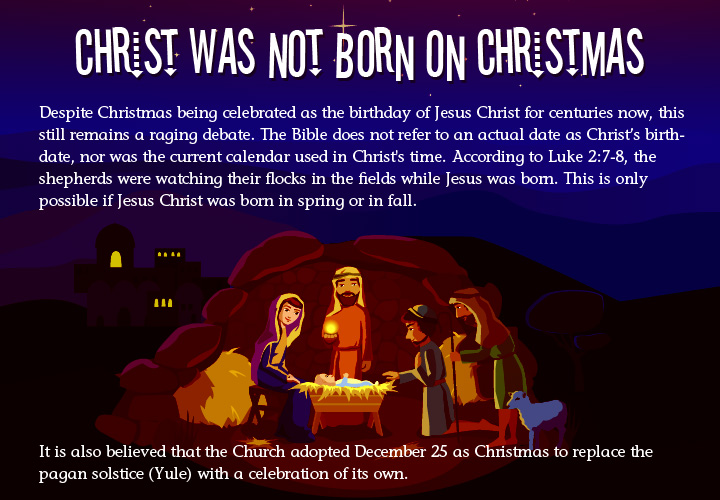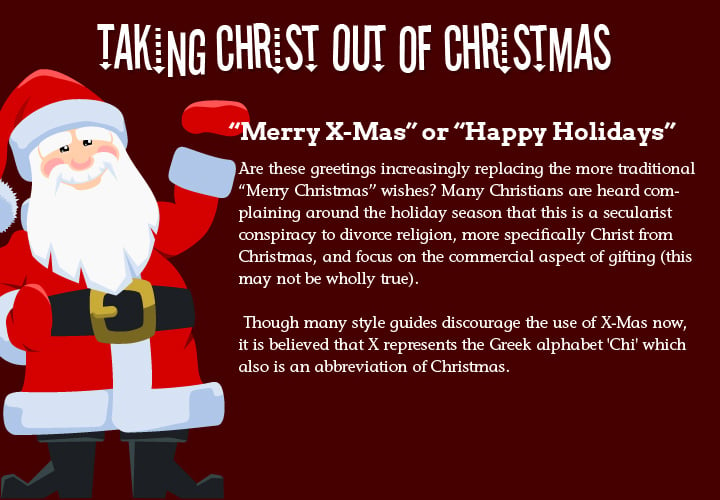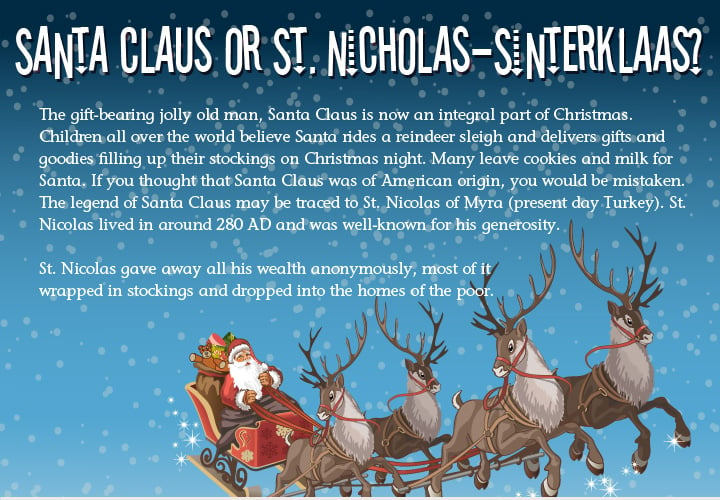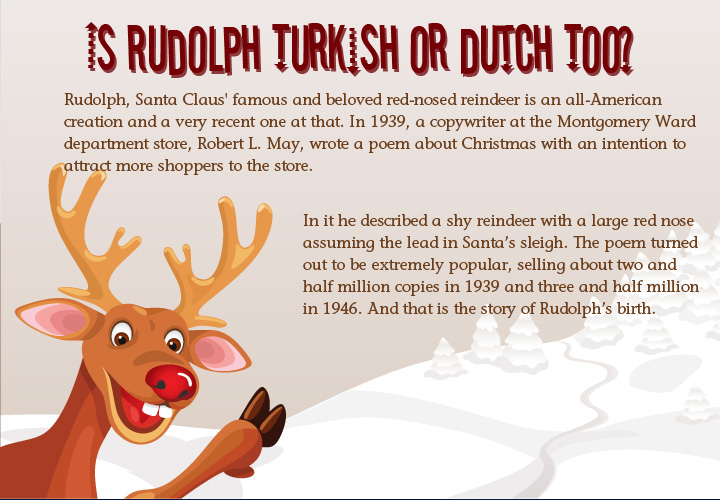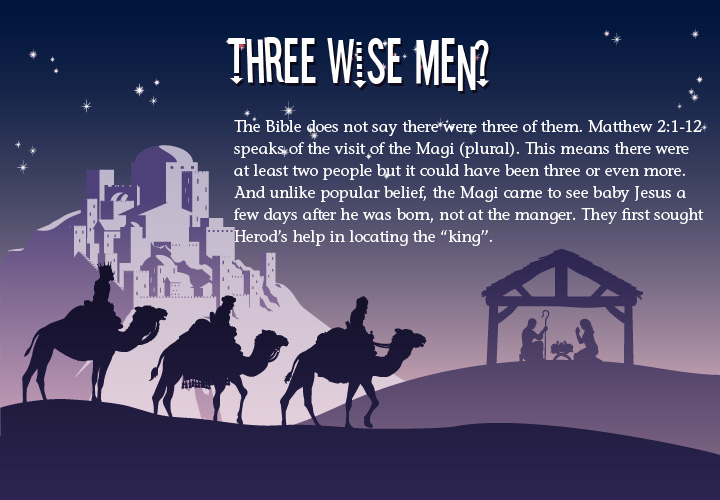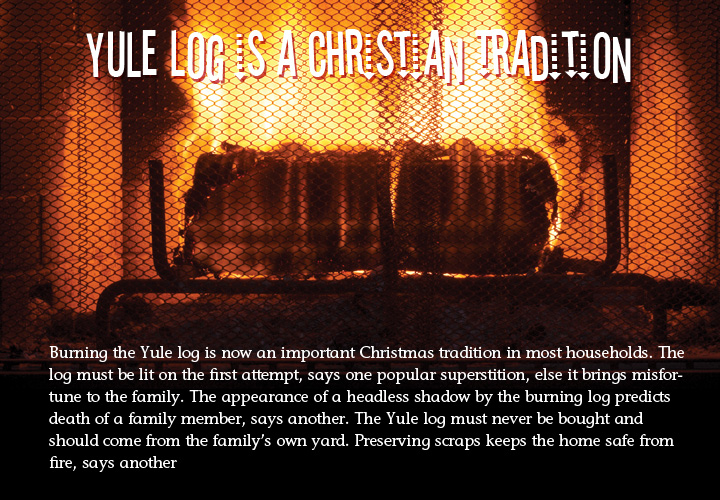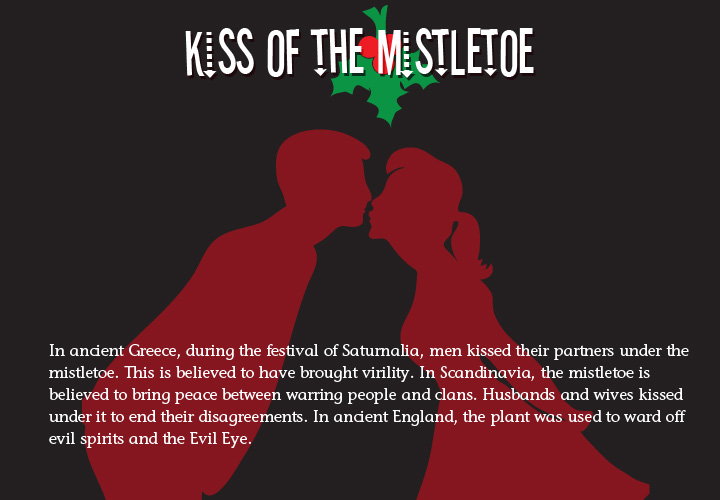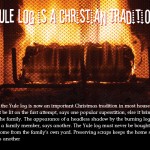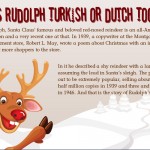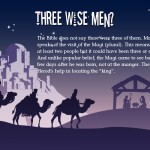Twelve Days of Christmas
This is one of the commonest Christmas songs sung across the world, right? The ‘12 days of Christmas’ refers to the celebration between December 25 (Christmas) and January 6 (Epiphany – when the three wise men are believed to have visited baby Jesus). But there seems to be more than meets the eye. Since the 1990s, there are reports that ’12 Days of Christmas’ is a catechism song devised between 1558 and 1829 in England to teach young Catholics their religion. During this period, practice of Catholicism was considered a crime in England and the song is believed to bear secret references to the basic tenets of the religion without landing the singers in trouble.
Christ Was Not Born On Christmas
Despite Christmas being celebrated as the birthday of Jesus Christ for centuries now, this still remains a raging debate. The Bible does not refer to any actual date of Christ’s birth, nor was the current calendar used in Christ’s time. According to Luke 2:7-8, the shepherds were watching their flocks in the fields while Jesus was born. This is only possible if Jesus Christ was born in spring or in fall. Ancient scholars were divided in their calculations of Christ’s birth date. Many suggest it may have been sometime in June. It is also believed that the Church adopted December 25 as Christmas to replace the pagan solstice (Yule) with a celebration of its own.
Taking Christ Out of Christmas
“Merry X-Mas” or “Happy Holidays”? Are these greetings increasingly replacing the more traditional “Merry Christmas” wishes? Many Christians are heard complaining around the holiday season that this is a secularist conspiracy to divorce religion, more specifically Christ from Christmas, and focus on the commercial aspect of gifting. This may not be wholly true. Though many style guides discourage the use of Xmas now, it is believed that X represents the Greek alphabet ‘Chi’ which also is an abbreviation of Christmas. So in effect, Xmas was an ancient way of referring to Christmas. While that may or may not be true, most people prefer “Happy Holidays” these days to include Hannukah celebrations which fall in December as well.
Santa Claus or St. Nicholas–Sinterklaas?
The gift-bearing jolly old man, Santa Claus is now an integral part of Christmas. Children all over the world believe Santa rides a reindeer sleigh and delivers gifts and goodies filling up their stockings on Christmas night. Many leave cookies and milk for Santa. If you thought that Santa Claus was of American origin, you would be mistaken. The legend of Santa Claus may be traced to St. Nicholas of Myra (present day Turkey). St. Nicholas lived in around 280 AD and was well-known for his generosity. It is said that St. Nicholas gave away all his wealth anonymously, most of it dropped into the homes of the poor wrapped in stockings. St. Nicholas, Sinterklaas in Dutch, became Santa Claus when the early Dutch settlers of America started to celebrate his feast as late as in the 18th century.
Is Rudolph Turkish or Dutch Too?
If Santa Claus was from Myra, Rudolph must be Turkish too? Or Dutch maybe? Wrong. Rudolph, Santa Claus’ famous and beloved red-nosed reindeer is an all-American creation and a very recent one at that. In 1939, a copywriter at the Montgomery Ward department store, Robert L. May, wrote a poem about Christmas with an intention to attract more shoppers to the store. In it, he described a shy reindeer with a large red nose assuming the lead in Santa’s sleigh. The poem turned out to be extremely popular, selling about two and half million copies in 1939 and three and half million in 1946. And that is the story of Rudolph’s birth.
Three Wise Men
An the old Christmas joke goes thus – “I can believe in virgin birth but finding three wise men?” Jokes apart, were there three wise men, kings who came to the manger bearing gifts? The Bible does not say there were three of them. Matthew 2:1-12 speaks of the visit of the Magi (plural). This means there were at least two but could have been three or even more. And unlike popular belief, the Magi came to see baby Jesus a few days after he was born, not at the manger. They first sought Herod’s help in locating the “king”.
Why Boxing Day?
Does Boxing Day refer to the boxes/stadia from where we watch horse or car races and cheer on? Did you think Boxing Day gets its name from the sporting traditions celebrated this day? Well, neither of these explanations is anywhere close to the truth. Boxing Day gets its name from the practice of Churches and parishes to open up alms and charity boxes inviting contributions for the less fortunate. Also, on this day, the servants and domestic helpers were given the day off for having worked hard for Christmas. The organization of car or horse races and sporting events on Boxing Day is a very recent tradition.
Is the Christmas Tree an American Tradition?
The tradition of decorating a Christmas tree is a quintessentially German tradition dating back to the 1500s. Initially, it was confined to the Strasbourg region (in present day France) and it was only in the 1800s that most of Germany adopted it. Strangely, the tradition was not brought to the US by German immigrants but by the British. Queen Victoria’s German-born consort Prince Albert adopted it and decorated the first royal Christmas tree in 1841. It was later in the 19th century that non-Germans adopted the custom and then brought it to Virginia in the US. The 14th President of the United States, Franklin Pierce, brought the tradition of the Christmas Tree to the White House.
Yule Log a Christian Tradition
Burning the Yule log is now an important Christmas tradition in most households. Looking at the superstitions involved, though, the Yule log may belong more to Halloween than Christmas. The log must be lit on the first attempt, says one popular superstition, else it brings misfortune to the family. The appearance of a headless shadow by the burning log predicts death of a family member, says another. The Yule log must never be bought and should come from the family’s own yard. Preserving scraps keeps the home safe from fire, says another. Many believe that the idea of a Yule log may have European pagan origins. The traditional Yule celebrations of pagans often involved bonfires and it is said that the superstitions are necessary to keep Christians firmly attached to God.
Kiss of the Mistletoe
Yes, you guessed this one right. Mistletoe, the plant you’d expect to get kissed under, is not an American tradition. Nor is it remotely Christian. In ancient Greece, during the festival of Saturnalia, men kissed their partners under the mistletoe. This is believed to bring virility. In Scandinavia, the mistletoe is believed to bring peace between warring people and clans. Husbands and wives kissed under it to help end their disagreements. In ancient England, the plant was used to ward off evil spirits and the Evil Eye. Another tradition adopted by the Church, but this is a cool one, don’t you agree?
Read More
- Most Expensive Cheese around the World
- Wines and Vineyards Around the World
- Drinks To Try Around the World
- Dance Forms Around the World
- Christmas Myths and Legends
- How to Say Hello around the World?
- The Dying Art of Hand Writing
- China to do away with one-child policy
- All you need to know about Halloween
- Top 10 Favorite Wines
- Ten Most Relished Foods Around the World
- Tribes Around the World
- Food Festivals Around the World
- Gay Laws Around the World
- Matriarchy Around the World
- Royal Families Around the World


